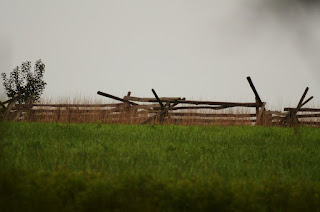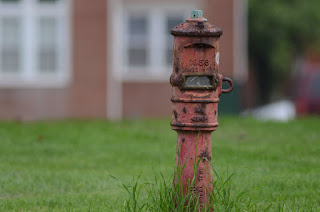Just like processor speeds were the catch-all number used to sell computers in the late 90s and early 2000s, megapixels are the hot number in many camera advertisements. This seems to have cooled down some recently with the gradual deceleration of sensor sizes; the lack of new gigantic sensors means that other distinguishing features need to be used to differentiate competition.
There are several practical consequences to more megapixels, and many of them are bad, at least if you're not making larger prints. (Six megapixels will get you very clean 8x10 prints.)
For example, pixel density can be a barrier to relative sharpness. The resolution of a lens is finite, even though it's continuous, and when you exceed the limit of resolution on the glass, you'll find that the details get a little more muddy. (So for example, my 50mm f/1.8 AF-D still shines on the d7000, but the 28mm f/3.5 AI-S shows its age.)
Another issue with increased pixel density is that the camera is more sensitive to your body movement. While this is usually more obvious with longer focal lengths, I've noticed in my recent 10MP bump-up that it's harder to get equivalent sharpness with the same shutter speed. This makes sense, since more samples means a magnified view relative to a smaller pixel density. In essence it's like putting a magnifying glass on the image: you're bound to see things in higher magnification than you would see otherwise.
This sort of issue is made worse at longer focal lengths. I was pleasantly surprised by the sharpness of the AF-S f/4-5.6 55-200mm lens when I got it, and the 18-200 was pretty much the same. But the 70-300 at equivalent focal lengths is often blurry at the same shutter speeds.
This is one of the more immediate things I noticed when I started using the d7000: it takes a steadier hand than I'm used to, and I'm sure part of it has to do with those extra megapixels crowding that sensor. On the plus side, though, it definitely
does allow for more spectacular shots when you need the center of frame just so.










